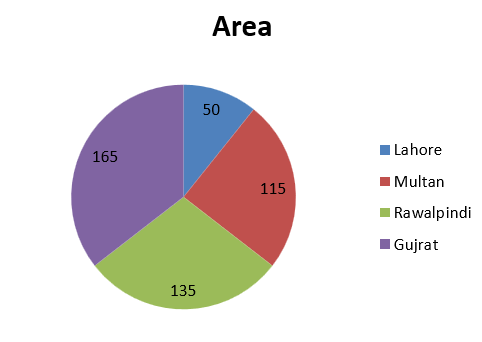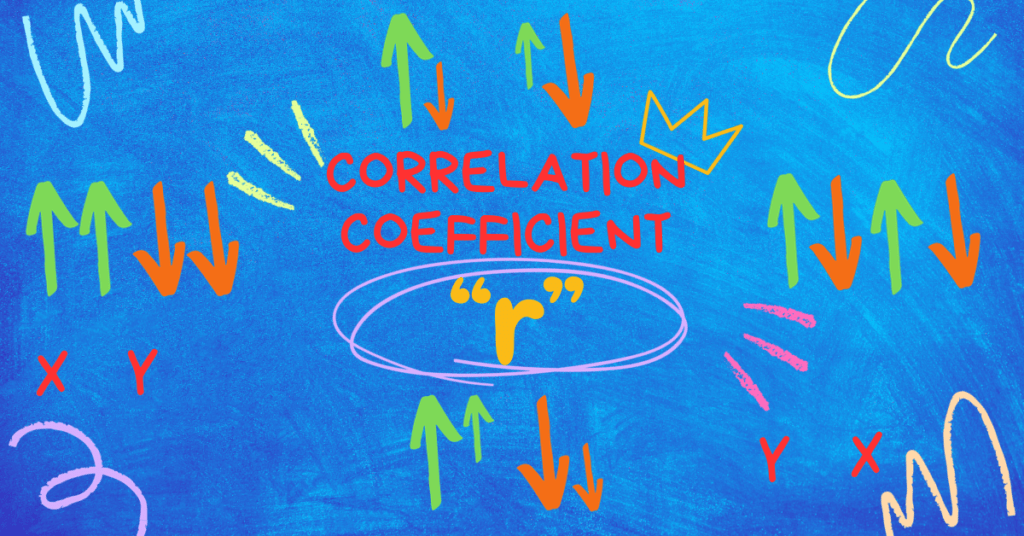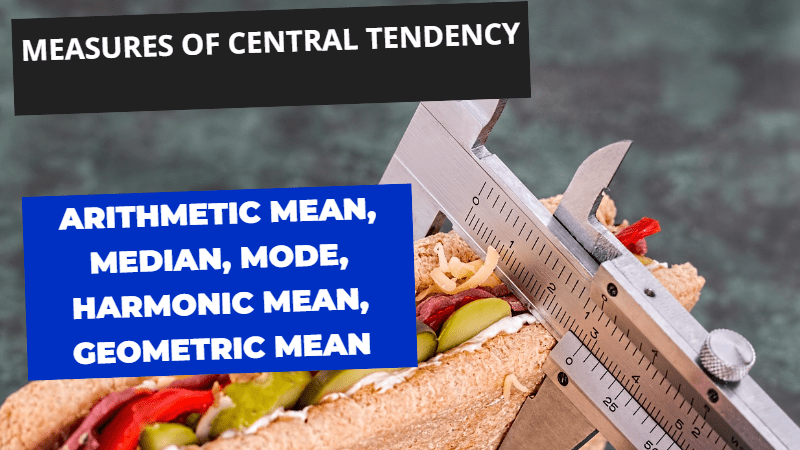Business Statistics Solved Paper FBISE 2015 ICOM II, MCQS, Short Questions, Extensive Questions
In this blog post, I am going to discuss the paper of Business Statistics Solved Paper FBISE 2015 ICOM II, MCQS, Short Questions, Extensive Questions . Topics included are Introduction to Statistics, Averages, Index Numbers, Probability.
For other Solved Papers of Business Statistics and Principles of Accounting, please follow links below:
Solved Paper Business Statistics
Solved Papers Principles of Accounting II
Solved by Iftikhar Ali, M.Sc Economics, MCOM Finance Lecturer Statistics, Finance and Accounting
Table of Contents
MCQS
Q.1 Circle the Correct Option i.e. A/B/C/D. Each Part Carries 1 Mark.
| (i) | A measure computed from sample data is: | ||||
| A. Parameter | B. Statistic | C. Statistics | D. Data | ||
| (ii) | Number of Farz in five prayers is an example of: | ||||
| A. Discrete Variable | B. Constant | C. Attribute | D. None of these | ||
| (iii) | A sector diagram is also called: | ||||
| A. Bar Diagram | B. Histogram | C. Pie Diagram | D. Historigram | ||
| (iv) | In a relative frequency distribution, the total of relative frequencies is equal to: | ||||
| A. 100 | B. 1 | C. ∑f | D. 0 | ||
| (v) | For a certain distribution, if ∑(x – 20) = 25, : ∑(x – 25) = 15 and ∑(x – 35) = 0, then X̅ is equal to: | ||||
| A. 20 | B. 25 | C. -35 | D. 35 | ||
| (vi) | The sum of deviation is zero, when deviations are taken from: | ||||
| A. Median | B. Mean | C. Mode | D. Geometric Mean | ||
| (vii) | If Laspayer’s Index = 110, Paasche’s Index = 108, then Fisher ideal Index is: | ||||
| A. 110 | B. 109 | C. 100 | D. None of these | ||
| (viii) | What is called a number that measures a relative change in a single variable with respect to a base? | ||||
| A. Good Index Number | B. Quantity Index Number | C. Simple Index Number | D. Composite Index Number | ||
| (ix) | Two coins are tossed. Probability of getting head on first coin is: | ||||
| A. 2/4 | B. 1 | C. 0 | D. 4 | ||
| (x) | Two events A and B are said to be mutually exclusive if: | ||||
| A. | B. | C. | D. | ||
Short Questions
SECTION-B (Marks 24)
Q.2 Attempt any eight parts. The answer to each part should not exceed 3 to 4 lines. (8 x 3 = 24)
(i) Define Descriptive & Inferential Statistics?
Answer: Descriptive statistics deals with collection and presentation of data in various forms, such as tables, graphs and diagrams and findings averages and other measures of data.
Inferential statistics deals with the testing of hypothesis and inference about population parameter is called Inferential Statistics.
(ii) Define Histogram, Historigram and Tabulation.
Answer
Histogram is a graph of frequency distribution in which class boundaries with suitable width is taken on X-axis whereas respective frequencies are taken on Y-axis. In Histogram relative frequencies are shown in the shape of adjacent rectangular bars.
Whereas graph of Time Series or historical series is called historigram.
Tabulation is the arrangement and presentation of the data in the form of columns and rows.
(iii) Represent the following data by Pie-Charts?
| Districts | Lahore | Multan | Rawalpindi | Gujrat |
| Area | 50 | 115 | 135 | 165 |
Solution
| Districts | Lahore | Multan | Rawalpindi | Gujrat | Sum |
| Area | 50 | 115 | 135 | 165 | 465 |
| Sector | | | | | 360 |

(iv) In a moderately skewed distribution, the value of median is 42.8 and the value of mode is 40, find mean.
Solution
Mode = 3 Median – 2 Mean
40 = 3(42.8) – 2(Mean)
40 = 128.4 – 2(Mean)
2(Mean) = 128.4 – 40
2(Mean) = 88.4
Mean = 88.4/2
Mean = 44.2
(v) Define Price Relative & Link Relative.
Answer Price Relative is used in fixed base method of Index Number in which each current price is divided by base period price which remains fixed. The formula for price relative is given below:
![]()
where Pn is current period price & Po is base period price.
Link Relative is used in chain index in which each period price is divided by previous time period price. The formula for Link relative is given below:
![]()
![]()
(vi) Given W= 20, 25, 30, 40 and I = 100, 105, 110 & 120. Find weighted average of relative Index Number
Answer
| W | I | WI |
| 20 | 100 | 2000 |
| 25 | 105 | 2625 |
| 30 | 110 | 3300 |
| 40 | 120 | 4800 |
| 115 | 12725 | |
| ∑W= | ∑WI= |
![]()
(vii) The deviation about X = 180 are 4, 11, -8, -12, 7, 9, 16, 9, 13, 15. Calculate Arithmetic Mean.
Solution
| D = X -180 | 4 | 11 | -8 | -12 | 7 | 9 | 16 | 9 | 13 | 15 | ∑D =64 |
A = 180, n = 10, ∑D = 64
![]()
(viii) Describe the qualities of a good average?
Answer
(1) It should be easy to calculate and simple to understand.
(2) It should be clearly defined by a mathematical formula.
(3) It should not be affected by extreme values.
(4) It should be based on all the observations.
(5) It should be capable of further mathematical treatment.
(6) It should have sample stability.
(ix) If three coins are tossed what is the probability of getting: (a) At least two heads (b) Two tails
Solution
![]()
All possible outcomes
| HHH | HHT | HTH | THH |
| TTT | TTH | THT | HTT |
Events
![]()
![]()
Probabilities
![]()
![]()
(x) Suppose P(A) = ¼, P(B) = 1/3 and P(AUB)= ½. Determine P = 
Solution
Since A & B are not mutually exclusive events therefore
![]()
![]()
![]()
(xi) Given X = 10 + 5U, ∑fU = 308, ∑f = 7. Find A.M
Solution
Here ∑fU = 308, ∑f = 7, A = 10 & h = 5
![]()
Extensive Questions
Section C (Marks 16)
Note: Attempt any two questions. All questions carry equal marks. (2×8=16)
Q.3 Calculate Mean, Median Mode from the following data:
| Max. load | No. of Cables |
| 9.3—9.7 | 2 |
| 9.8—10.2 | 5 |
| 10.3—10.7 | 12 |
| 10.8—11.2 | 17 |
| 11.3—11.7 | 14 |
| 11.8—12.2 | 6 |
| 12.3—12.7 | 3 |
| 12.8—13.2 | 1 |
Solution
| Max. load | No. of Cables | Class Boundaries | X | fX | C.f |
| 9.3—9.7 | 2 | 9.25–9.75 | 9.5 | 19 | 2 |
| 9.8—10.2 | 5 | 9.75–10.25 | 10 | 50 | 7 |
| 10.3—10.7 | 12 | 10.25–10.75 | 10.5 | 126 | 19 |
| 10.8—11.2 | 17 | 10.75–11.25 | 11 | 187 | 36 |
| 11.3—11.7 | 14 | 11.25–11.75 | 11.5 | 161 | 50 |
| 11.8—12.2 | 6 | 11.75–12.25 | 12 | 72 | 56 |
| 12.3—12.7 | 3 | 12.25–12.75 | 12.5 | 37.5 | 59 |
| 12.8—13.2 | 1 | 12.75–13.25 | 13 | 13 | 60 |
| Sum | 60 | 665.5 | |||
| ∑f= | ∑fX= | ||||
![]()
![]()
Model Class = n/2 = 60/2 = 30 falls in C.f of 36 so data is:
L = 10.75, h = 0.5, f = 17, n/2 =60/2 = 30 & C = 19
![]()
![]()
![]()
![]()
![]()
Model Class: Maximum frequency is 17 so data for model class is:
L = 10.75, fm = 17, f1 = 12, f2 = 14 & h = 0.5
![]()
![]()
![]()
![]()
Q.4 Construct Price Index number for 2000 on the basis of 1990.
(i) Base Year Weighted Method
(ii) Current Year Weighted Method
(iii) Fisher Ideal Index
| Items | 1990 | 2000 | ||
| Price | Quantity | Price | Quantity | |
| A | 2 | 10 | 4 | 8 |
| B | 4 | 5 | 5 | 6 |
| C | 5 | 8 | 6 | 10 |
| D | 3 | 20 | 3 | 25 |
Solution
| Article | 1990 | 2000 | ||||||
| Price (Po) | Quantity (qo) | Price (P1) | Quantity (q1) | poqo | p1qo | p1q1 | poq1 | |
| A | 2 | 10 | 4 | 8 | 20 | 40 | 32 | 16 |
| B | 4 | 5 | 5 | 6 | 20 | 25 | 30 | 24 |
| C | 5 | 8 | 6 | 10 | 40 | 48 | 60 | 50 |
| D | 3 | 20 | 3 | 25 | 60 | 60 | 75 | 75 |
| Sum | 140 | 173 | 197 | 165 | ||||
| ∑poqo = | ∑p1qo = | ∑p1q1 = | ∑poq1 = | |||||
![]()
![]()
![]()
![]()
![]()
![]()
![]()
Q.5 (a) A class contains 10 men and 20 women of which half of the men and half of the women have brown eyes. Find probability that a person chosen at random is a man or has brown eyes.
Solution
| Brown Eyes | Do Not Have Brown Eyes | Total | |
| Man | 5 | 5 | 10 |
| Women | 10 | 10 | 20 |
| Total | 15 | 15 | 30 |
![]()
![]()
![]()
(b) A dice is rolls. Find the probability of getting complete square.
Solution
![]()
![]()
Sum Table
| 1, 1 = 2 | 2, 1 = 3 | 3, 1 = 4 | 4, 1 = 5 | 5, 1 = 6 | 6, 1 = 7 |
| 1, 2 = 3 | 2, 2 = 4 | 3, 2 = 5 | 4, 2 = 6 | 5, 2 = 7 | 6, 2 = 8 |
| 1, 3 = 4 | 2, 3 = 5 | 3, 3 = 6 | 4, 3 = 7 | 5, 3 = 8 | 6, 3 = 9 |
| 1, 4 = 5 | 2, 4 = 6 | 3, 4 = 7 | 4, 4 = 8 | 5, 4 = 9 | 6, 4 = 10 |
| 1, 5 = 6 | 2, 5 = 7 | 3, 5 = 8 | 4, 5 = 9 | 5, 5 = 10 | 6, 5 = 11 |
| 1, 6 = 7 | 2, 6 = 8 | 3, 6 = 9 | 4, 6 = 10 | 5, 6 = 11 | 6, 6 = 12 |
![]()
You might be interested in the following:
Introduction to Statistics Basic Important Concepts
Measures of Central Tendency, Arithmetic Mean, Median, Mode, Harmonic, Geometric Mean
Business Statistics Solved Paper FBISE 2012 ICOM II, MCQS, Short Questions, Extensive Questions
Business Statistics Solved Paper FBISE 2013 ICOM II, MCQS, Short Questions, Extensive Questions
1.1 Principles of Accounting, Journal, Ledger, Trial Balance





